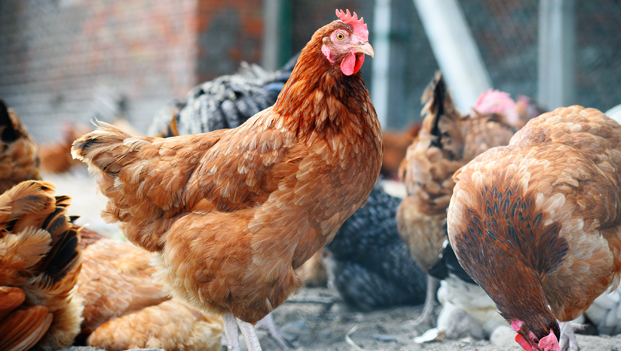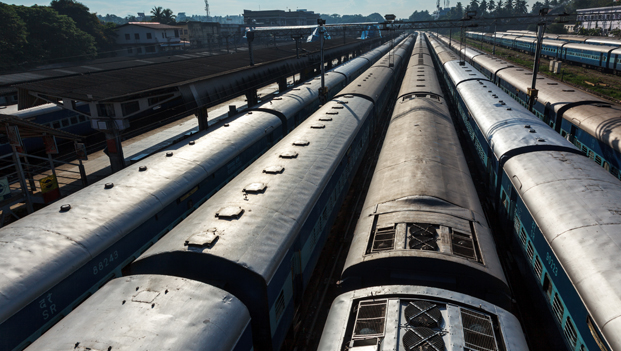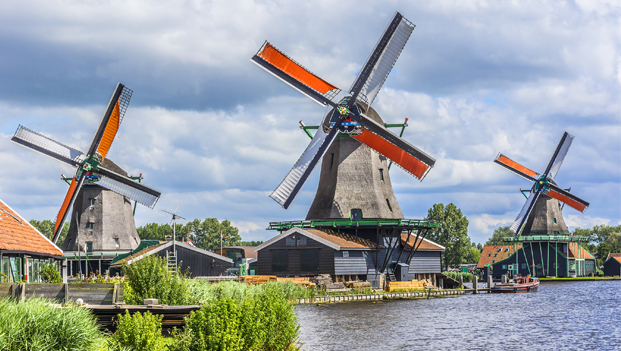8th February 2016
Can there be a month without a full moon?
There are usually twelve full moons in a year, usually once a month. This is because of the waxing and waning of the moon. It takes about 29 days for the moon to complete its cycle and return to its starting phase. So in months that have less than 29 days, which is only February, this phenomenon could happen. And it happens more frequently than you think. There was no full moon in February for the years 1809, 1847, 1866, 1885, 1915, 1934, 1961, and as recently as 1999.





